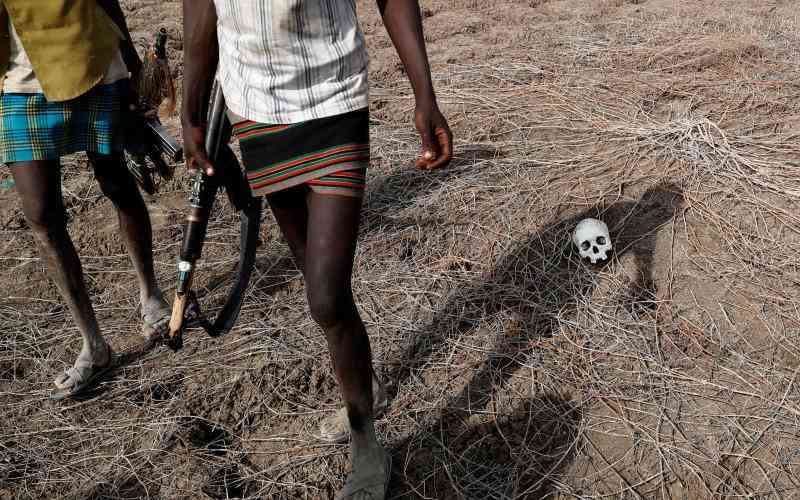×
The Standard e-Paper
Smart Minds Choose Us

How is it that peace can defy a piece of shade-less, water-less piece of cotton soil for over 125 years? If Captain Philip Maud of the Royal Engineers was to rise from the dead today he'd go to Kenya's border with Sudan, Ethiopia and Sudan, where he drew a red line 120 years ago.
Maud had attempted to fix the international boundary in 1903 after Emperor Menelik II of Ethiopia attempted to annex Lake Turkana in 1898 and even drew a border extending from this lake to the Indian Ocean.